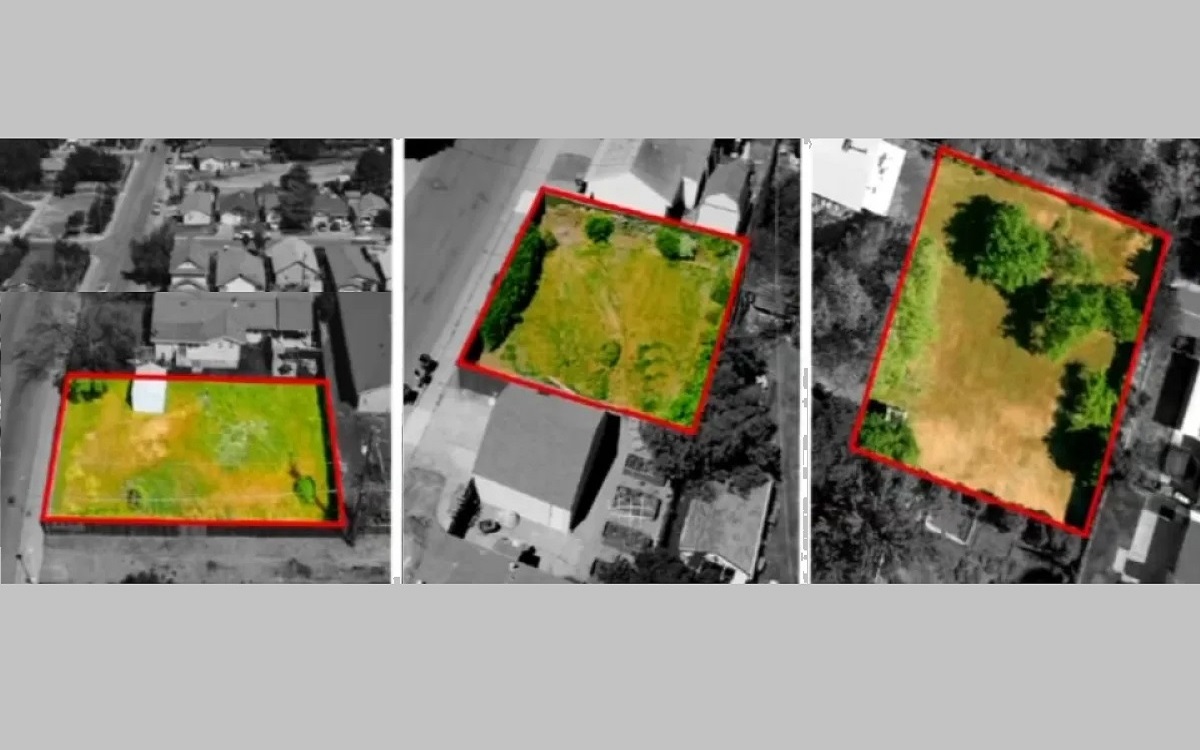|
Getting your Trinity Audio player ready...
|
California’s landmark Senate Bill 9 (SB9), passed in 2021, aimed to address the state’s housing crisis by allowing homeowners to split their single-family lots and build up to four units. However, this groundbreaking legislation has faced a wave of legal challenges from cities and counties across the state, leading to a complex and contentious battle over local zoning authority and the state’s efforts to boost housing supply.
The Law’s Intent
SB9, championed by state legislators as a means to increase housing density and affordability, permits homeowners in most neighborhoods to divide their lots and construct up to two units on each newly created parcel.
Proponents argue that this law empowers homeowners and promotes the development of much-needed housing, particularly in areas historically dominated by single-family homes.
The Legal Pushback
Despite its noble intentions, SB9 has encountered fierce opposition from numerous cities and counties, who argue that the law infringes on their constitutional rights to regulate local zoning and land use. Lawsuits have been filed by municipalities, including Los Angeles County, the City of Lafayette, and the Town of Woodside, challenging the law’s validity and seeking to exempt their jurisdictions from its provisions.
One of the primary concerns raised by opponents is the potential impact on neighborhood character and the preservation of single-family residential areas.
This law threatens to fundamentally change the character of our communities,
said John Mirisch, a Beverly Hills City Council member, in a statement.
The State’s Defense
In response to the legal challenges, the California Attorney General’s office has vigorously defended SB9, asserting that the state has the authority to address the housing crisis through legislation like this. Attorney General Rob Bonta has argued that the law does not preclude local governments from enforcing objective design standards and safeguards to protect public health and safety.
Supporters of SB9, including housing advocates and developers, maintain that the law provides a much-needed boost to housing production and promotes sustainable development by encouraging infill construction and reducing urban sprawl.
The Courts’ Role
As the legal battles surrounding SB9 continue to unfold, the courts will play a pivotal role in determining the law’s fate. Several lawsuits have already reached the appellate level, with the potential for the issue to ultimately reach the California Supreme Court or even the U.S. Supreme Court.
Legal experts suggest that the outcome of these cases could have far-reaching implications for the balance of power between state and local governments when it comes to housing policies. A ruling in favor of the state could embolden lawmakers to pursue more aggressive measures to address the housing crisis, while a decision siding with local governments could severely limit the state’s ability to intervene in local zoning matters.
Conclusion
California’s lot-splitting law, initially hailed as a bold step towards addressing the state’s housing crisis, has become a battleground between state and local authorities. As the legal challenges continue to mount, the fate of SB9 hangs in the balance, with the outcome likely to shape the future of housing policies and zoning regulations across the state and potentially beyond.
For More News Update Visit California News



